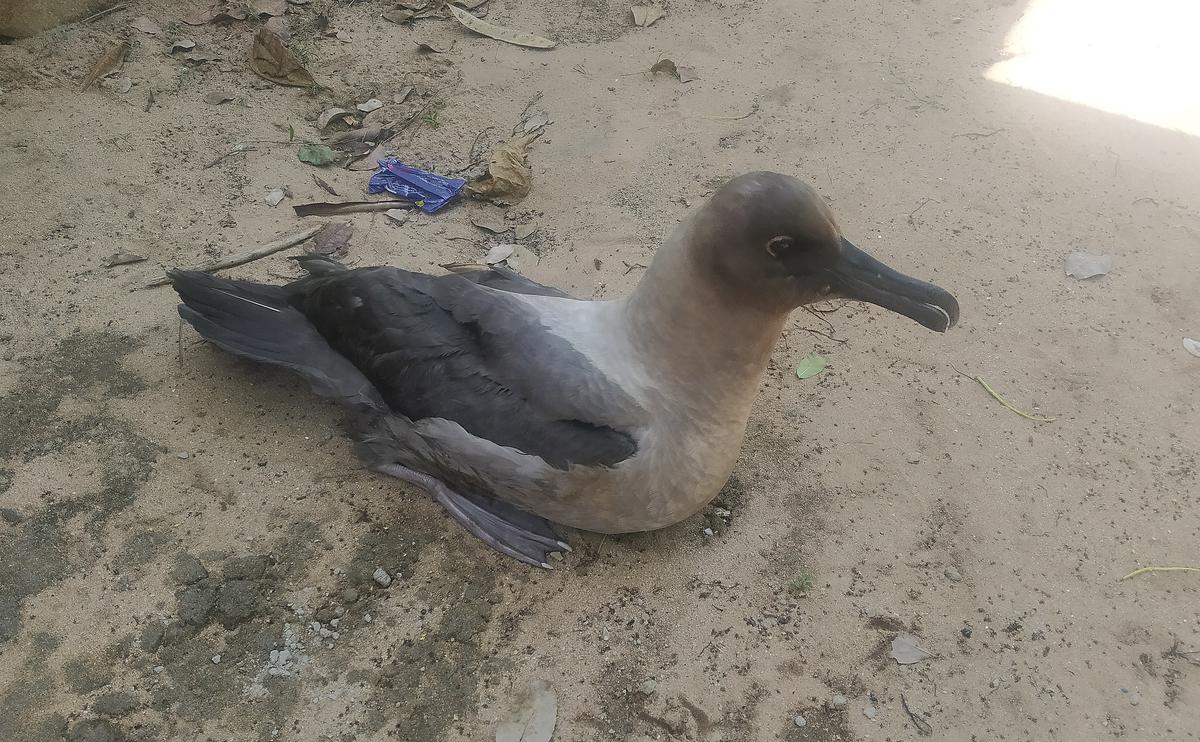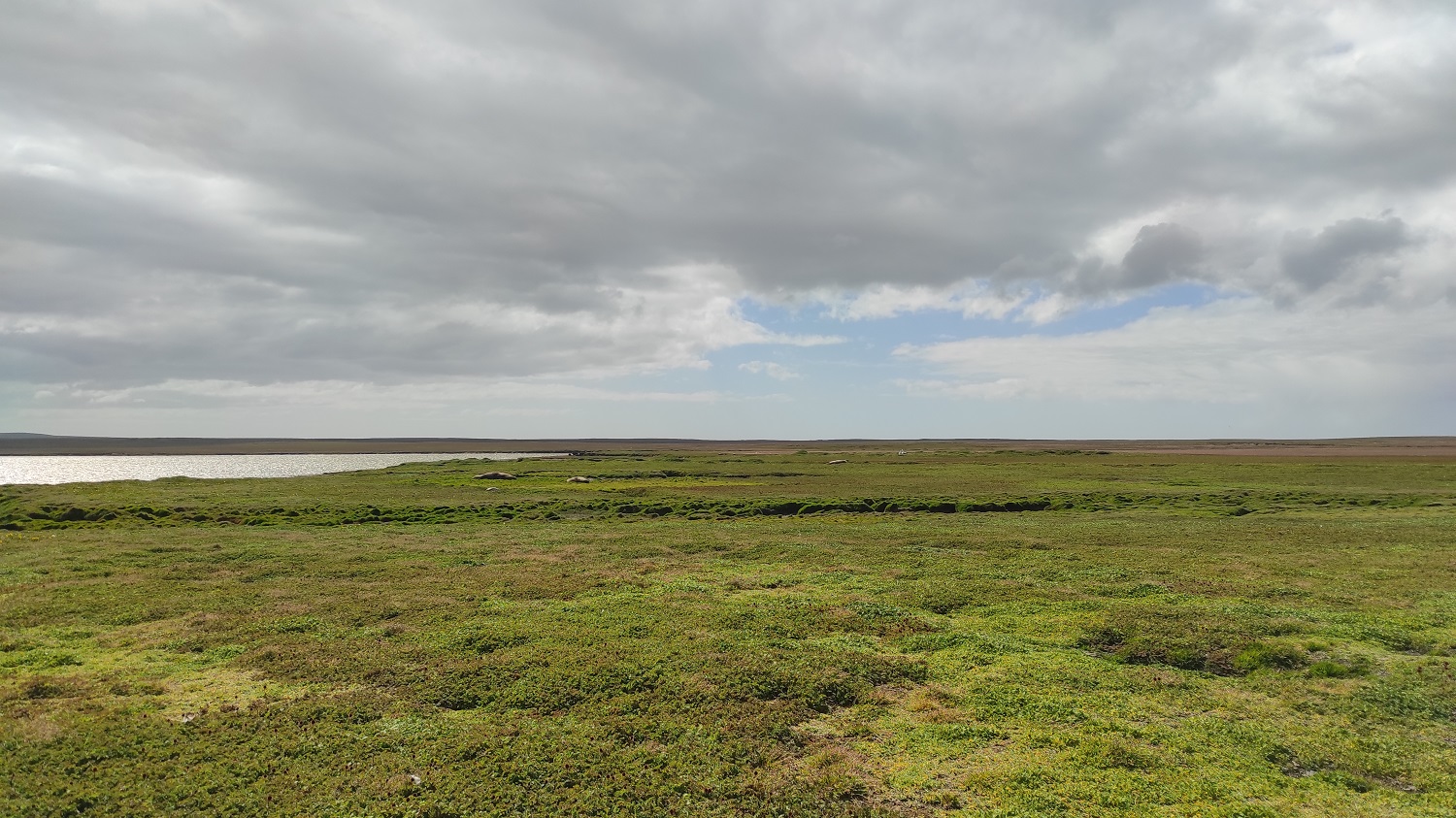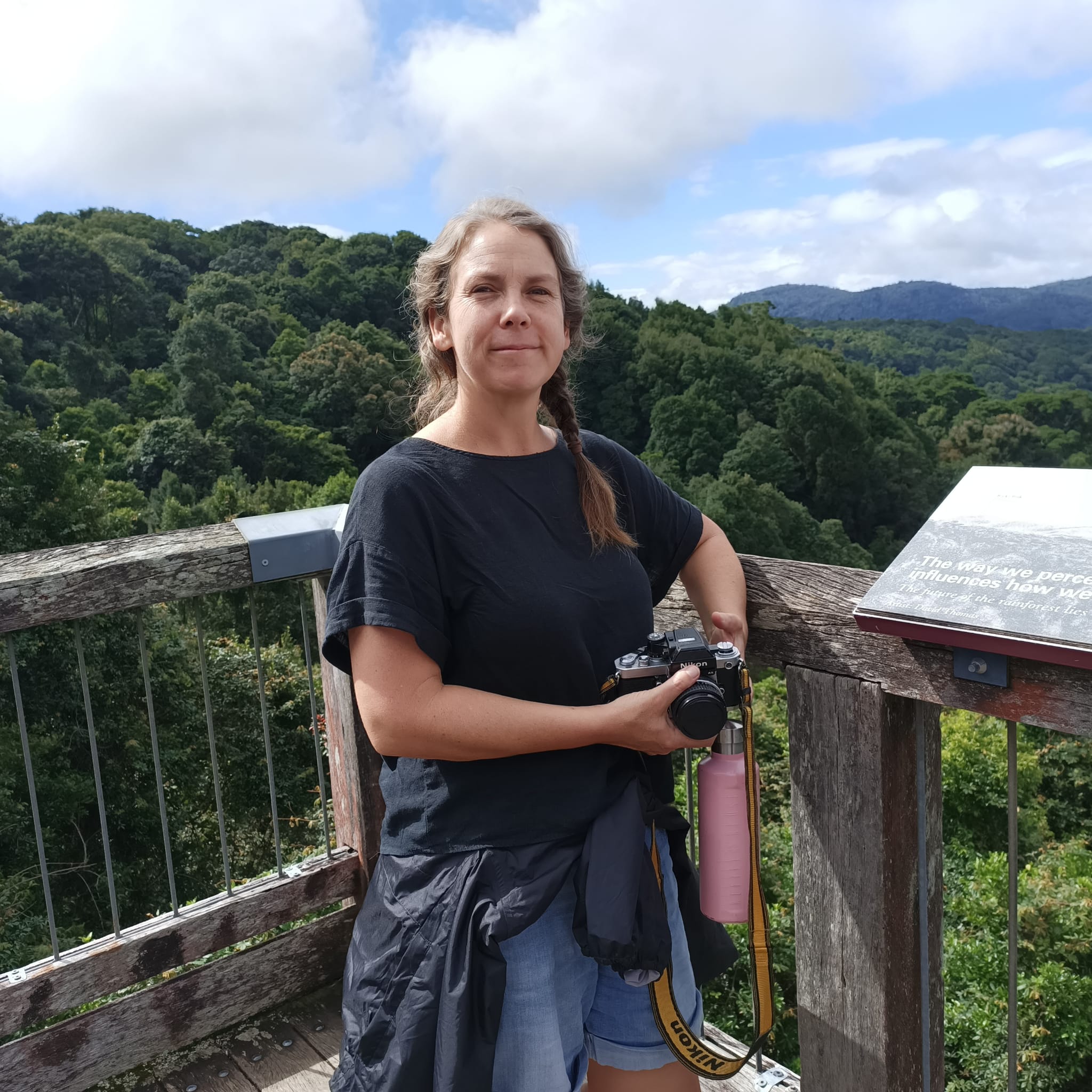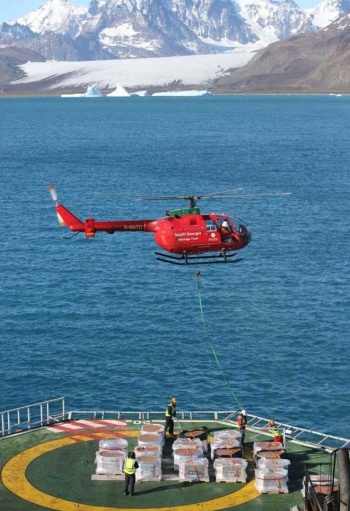
From ship to shore: unloading rodenticide bait by helicopter; photograph from Tony Martin
Watch a recent video (webinar) that describes the successful eradication of rats and mice on South Georgia (Islas Georgias del Sur)* in the South Atlantic by its Project Leader.
“Find out what it was really like running the world's largest rodent eradication project in one of the most remote and challenging environments in this webinar that was recorded on 27 July 2022. Project Leader, Professor Tony Martin, explains how he permanently had a knot of anxiety in his stomach for months at a time during the multi-year Habitat Restoration Project as he grappled with the uncertainties of the project. In this free online presentation, Tony tells us about the monumental heroics of ‘Team Rat’ to make the Habitat Restoration Project a historic success.
South Georgia [Islas Georgias del Sur*] has been free of rodents for a few years now, and Tony has had a chance to recover and reflect on the Habitat Restoration project. He tells us about some of the lesser-known stories from behind the scenes. The eradication was declared a success in 2018, and we also hear from Ecologist Alastair Wilson about some of the changes to the wildlife happening on the island since the rodents have gone. And with his experiences of living in one of the few areas that were always rat-free, he describes how [the island] should be in the future once all the populations have fully recovered.”
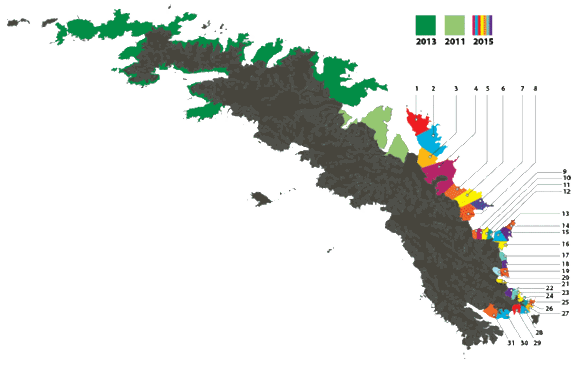
Areas baited over three separate years, 2011-2015
John Cooper, ACAP Information Officer, 02 August 2022
*A dispute exists between the Governments of Argentina and the United Kingdom of Great Britain and Northern Ireland concerning sovereignty over the Falkland Islands (Islas Malvinas), South Georgia and the South Sandwich Islands (Islas Georgias del Sur y Islas Sandwich del Sur) and the surrounding maritime areas.

 English
English  Français
Français  Español
Español 
